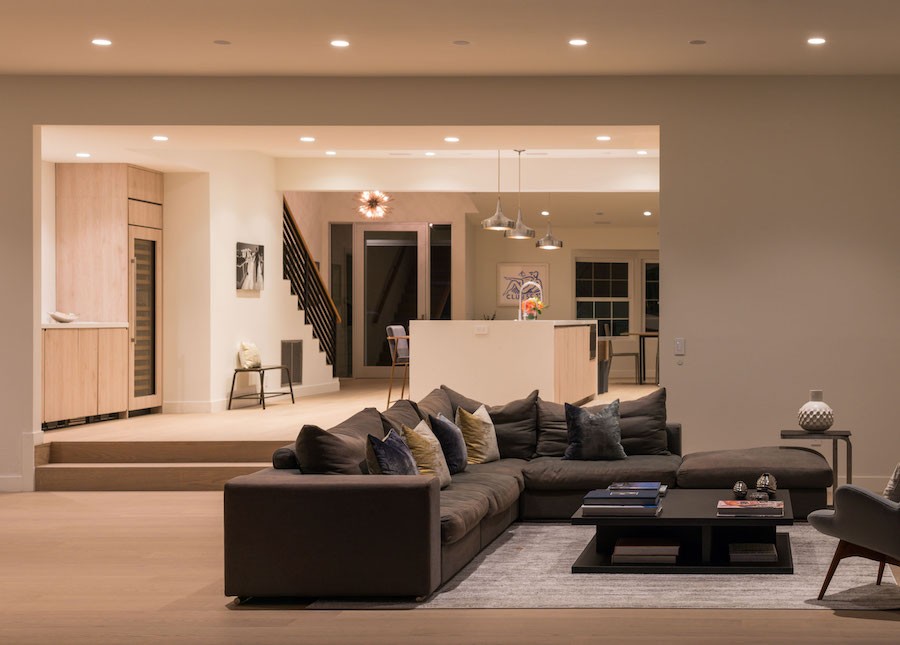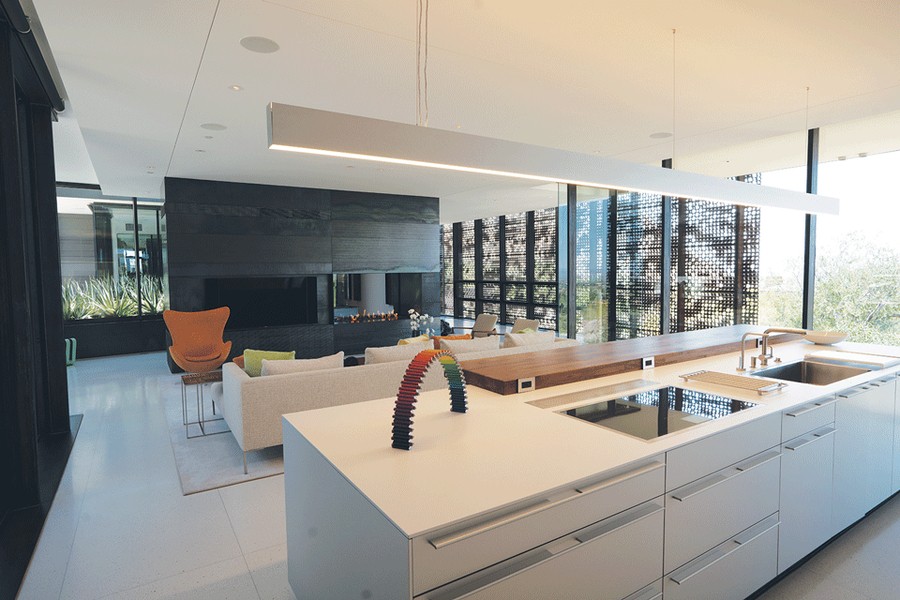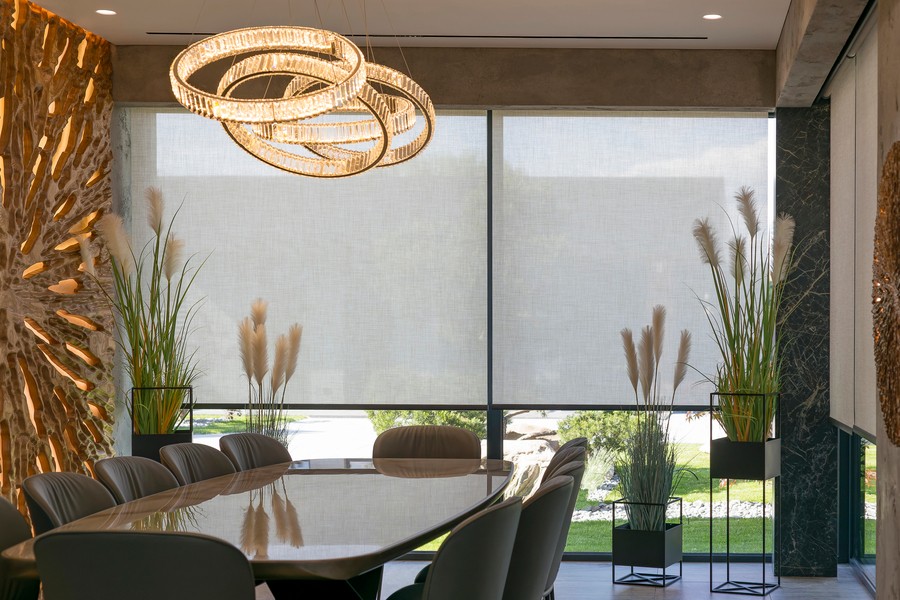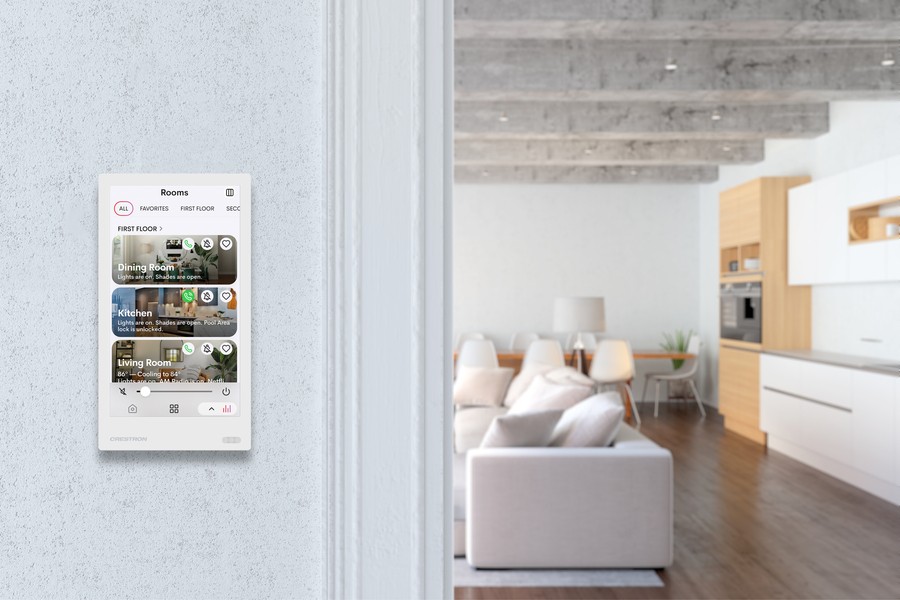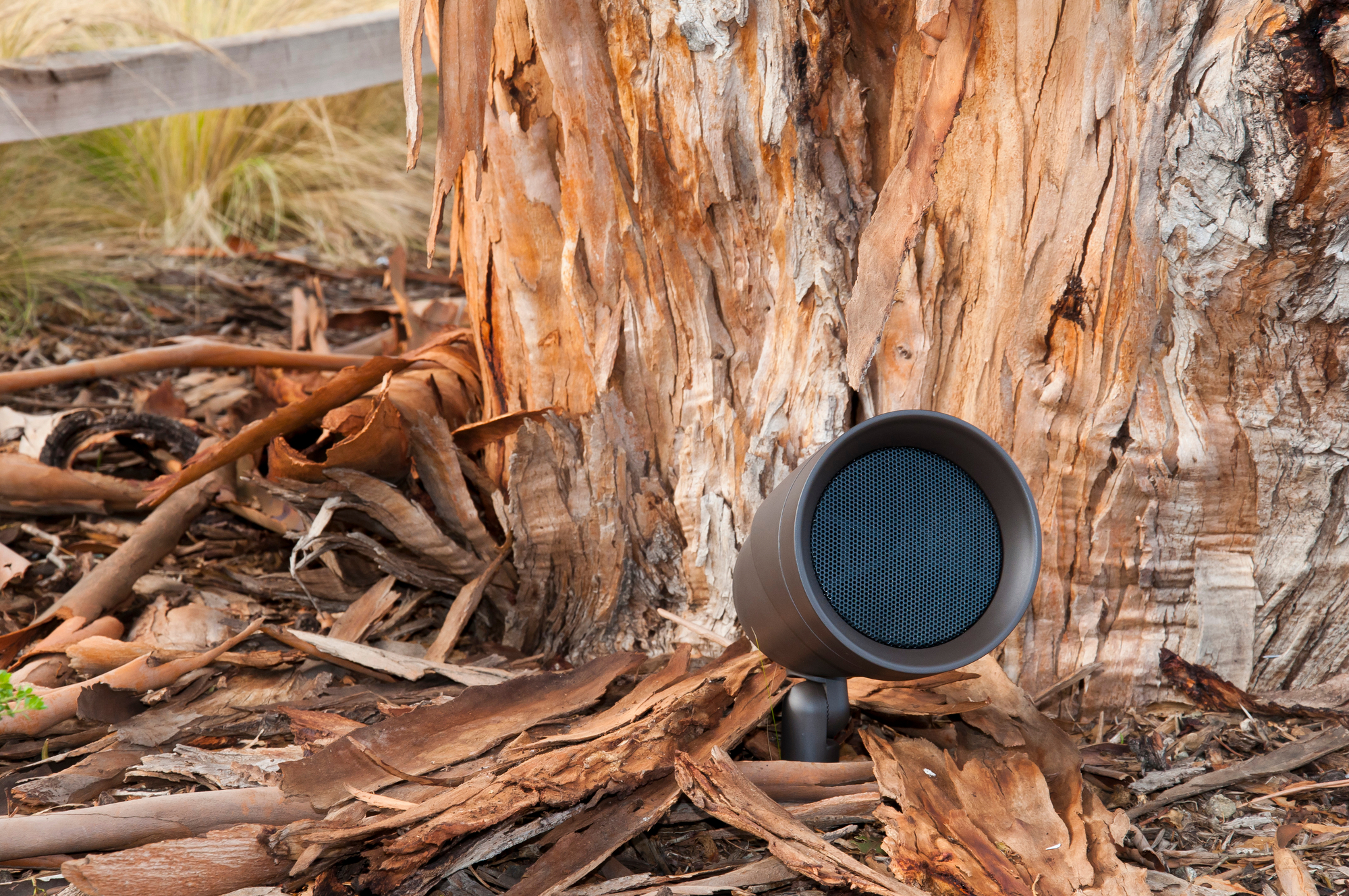Lighting Strategies and Automation Adapted for Our Climate
Arizona gives you 300 days of intense sunshine, dramatic temperature swings, and light that changes character throughout the day. Unfortunately, the lighting design and layouts in most homes ignore all of this. Contractors install the same fixture layouts they'd use anywhere else, add some dimmers, and call it luxury lighting. That approach misses the point. Good lighting control for desert homes begins with understanding how the sun moves across your property, how seasonal shifts impact your living patterns, and what keeps a space comfortable when it's 110 degrees outside. Let's examine what intentional lighting design truly means in this context.
